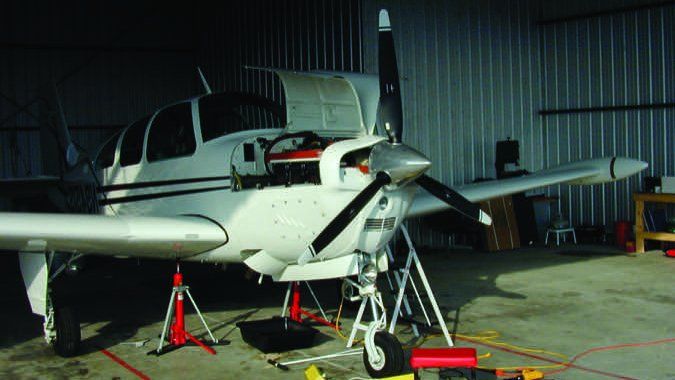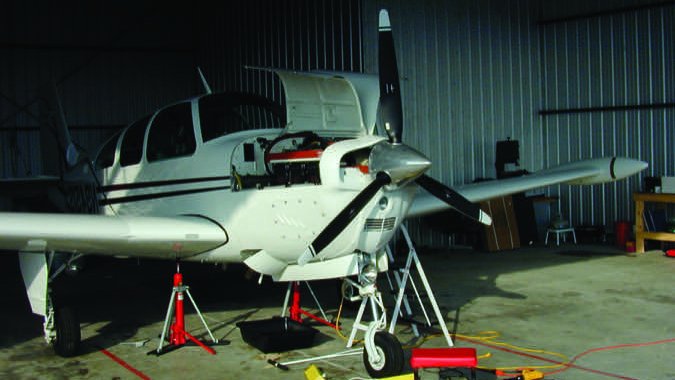
Airplane performance and good maintenance are closely related. The figures published by the manufacturer are frequently viewed as optimistic once an airplane is put into service—and suffers prop nicks, bugs on the leading edge and a couple of bad landings—but “book” numbers can be achieved even years later. When actual performance differs from the published numbers, it’s often because the airplane’s condition has diminished over the years and hours of use. The level of maintenance an airplane has received over the years will have a significant impact on its overall performance.
Put another way, actual performance can be expected to match published figures when the airplane has received proper maintenance and any discrepancies are corrected in a timely manner. When variations in actual performance are observed, the cause often can be attributed to minimal maintenance. While individual items—like a screw or two missing from an inspection cover—usually aren’t the problem, the cumulative effect or combination of discrepancies that should be of concern when attempting to obtain or verify book performance.
A Level Playing Field
When attempting to remedy performance issues, especially involving the airframe, there are so many variables that simple items requiring attention should be addressed first before you can get to the more difficult and labor-intensive (costly) items. Perhaps foremost among these “simple” items is accurate instrumentation. For example, mechanical tachometers are notoriously inaccurate and must be checked with a calibrated instrument. Tachometers that are off by as little as 100 rpm can skew all the data.
Static systems are very sensitive and must be in good condition, not only because of terrain and transponder performance—airspeed accuracy can be impacted as well. Static ports must be clean, unobstructed and not distorted in any way. Static lines must be connected from the instruments to the static port with no discontinuity, no cracks, no broken moisture traps and no leaking alternate air ports. While this is checked when the pitot static system is recertified, a problem can come up when maintenance is performed on an adjacent system.
Here’s a simple test: When closing the door or window on your airplane (on the ground with engine off), do you notice a climb or descent indication on the VSI? When you open the cabin heat valve in flight, is there a momentary climb or descent on your instruments? This could be a clue that something is wrong with your static system and that it needs to be checked. Leaking static systems can alter performance because of errors introduced into the airspeed indications. When attempting to achieve maximum performance, a five-knot error can impact climb capability, for example.
When was the last time your airspeed indicator was checked for accuracy? Have it or other instruments ever been removed for overhaul or calibration? Instruments do get tired, markings fade, diaphragms leak and needles stick, making the instrument less responsive or inaccurate. While instruments age and become inaccurate, a faulty pitot tube and static port can distort the information presented to related gauges, whether they’re digital or analog.
When doing a preflight, pay attention to the areas near static ports, pitot tubes and similar equpment. No dents, ripples or scratches, and no dirt or wax buildup. Bug nests, bird droppings, ice and/or snow should not be in or around these important areas. Keep them clean and check them on your preflight to ensure you don’t take off with a problem.
Aircraft Rigging
For years, mechanics have been working with rigging problems and attempting to resolve them using the least expensive methods. While these methods may solve the immediate problem, they frequently create other performance problems down the road. This alone can explain why an airplane identical to yours can be a handful of knots faster or slower in cruise.
For example, one method used to correct a rigging problem is to slightly drop a flap, making for more lift on one wing. While this does work, it also creates drag. Over time, the dropping-a-flap trick could be done more than once, sometimes resulting in the opposing flap being dropped, creating an even bigger problem. At what point do you say enough is enough and start from scratch?
It takes time and money to properly rig an airplane, possibly requiring the airplane be flown several times before it is right. Not all airplanes are rigged using the drop-a-flap technique, but all of them should be able to be rigged for hands-off cruise flight. If you are holding rudder or aileron to maintain level, coordinated flight, then you need to see your maintenance technician for some corrective action.
Meanwhile, unexplained changes to the way a plane flies can signify something requiring more than a simple adjustment is wrong. Has it been damaged in a recent storm? Has someone else flown the plane and damaged it but not reported the event? Has some limitation been exceeded—flap operating speed—or was extreme turbulence encountered? Are there rivets that are popped or “smoking”? Are your fuel tanks flowing equally? Are your fuel gauges somewhat accurate or can you tell for certain how much fuel you do have by referencing them?
Clean Slate
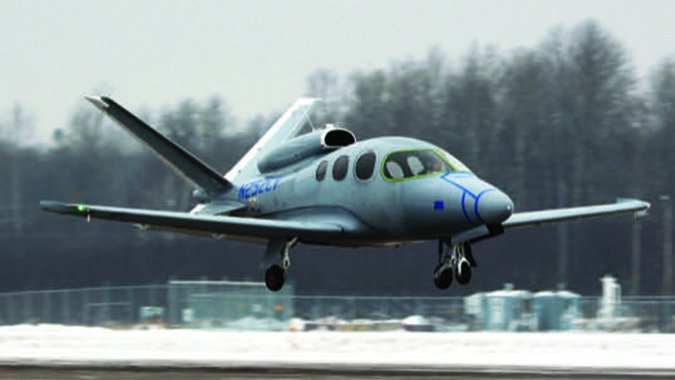
Much of the aircraft performance data published by the aircraft manufacturer is based on actual flight testing. The aircraft used for the testing is brand-new in every respect, including powerplant(s), propeller(s), airframe, instruments and all required equipment. Options may be included on the test aircraft such as wheel fairings and a fixed pitch cruise propeller (check the fine print).
Also, the aircraft is flown by a professional test pilot under favorable conditions: optimum center of gravity, it’s clean of dirt and bugs, perfectly rigged and usually at gross weight. When making use of any aircraft performance data, ensure that you have reviewed all the conditions under which the performance figures were obtained and adjust them according to the actual conditions of your proposed flight.
Flight Controls, Fairings
Have you taken a good, careful look at your flight controls lately? Are the cables sloppy with low tension? Are they attached securely with little or no free play? Are the rod ends free to move within limits, or are they tight and in need of lubrication? Do the controls squeak or grind when moved or are they hard to move to full travel? Are the flaps sloppy or loose? Do they move from side to side, touching the fuselage (not good)? Can you pull up on the back of the flaps when they are down and make them move up more than half an inch? While not an exact measurement or “limit,” free play in the flap system is not good, as this alone can impact overall performance. Flaps and upper wing areas ahead of the flaps can be damaged by repeatedly lowering the flaps at over or near the limit speeds. This is just one more reason to be sure that your airspeed indication is accurate and not to lower the flaps at or near their limit speed.
While a screw or two missing from a fairing might be okay in the short run and the plane flies well enough, missing screws or fasteners can impact performance more than you may think. An inspection panel, for instance, can look faired when the aircraft is on the ground, but things change in flight and airflow can force a panel with a missing screw into the air stream, causing considerable drag and even impacting a flight control. Cracks or missing parts of plastic or fiberglass fairings can also impact performance more than a pilot may realize. If a part is cracked or broken, repair it or replace it.
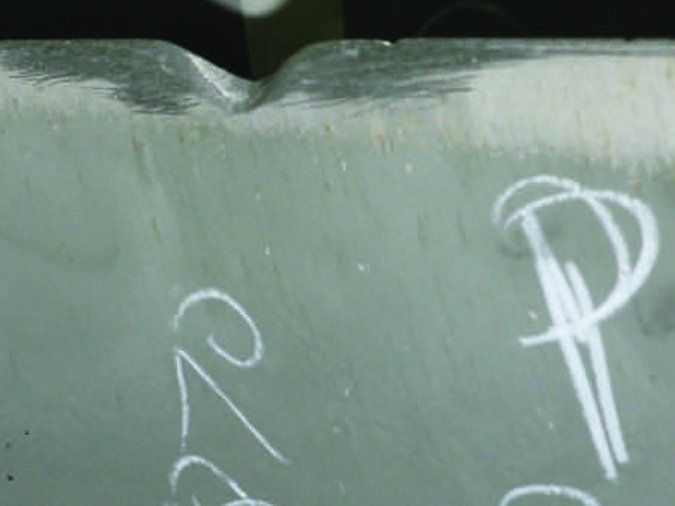
Some propeller and powerplant items that can degrade performance include:
– Carburetor heat or alternate air not fully closed, or associated ducting leaking warm air into engine intake system.
– Extremely dirty engine air filter or obstructions to airflow in the air intake system such as rodent or birds’ nests, ice/snow or inlet air ducting deteriorated.
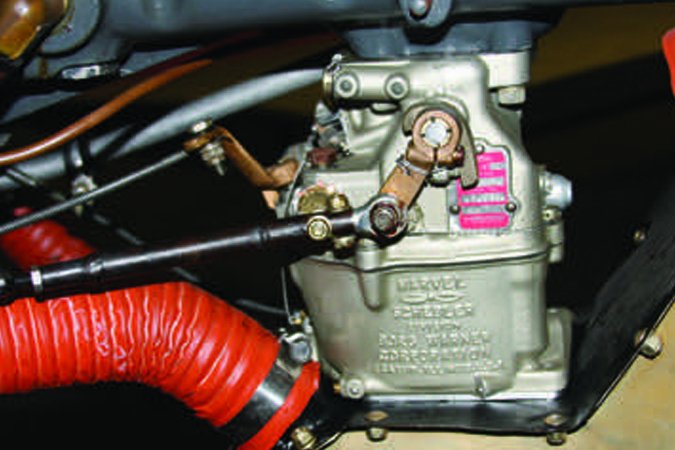
– Magneto timing retarded due to wear of point block or contact points pitted or deteriorated.
– Note that a pre-takeoff magneto check of 150 to 200 rpm drop or more will result in decreased performance.
– Low cylinder compression with verified mechanical issues such as burned valves, scored cylinder bores, cracked cylinder heads, etc.
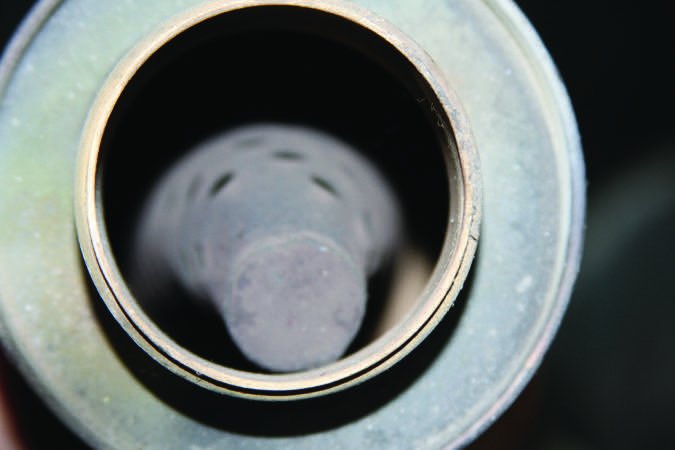
– One or more camshaft lobes worn or pitted, preventing valves from fully opening or closing and decreasing performance. Oil analysis revealing high metal content in the oil can help identify internal engine problems.
– Throttle and mixture control not adjusted properly to allow full travel to the mechanical stops.
– Worn spark plugs, excessive electrode gaps and/or a worn, cracked ignition harness.
– Propeller blade nicks and pits not properly dressed or deeper than allowed by manufacturer, causing aerodynamic inefficiency.
– One or more engine baffles or cooling air ducting missing or broken.
– Muffler or exhaust system partially blocked with debris from broken internal baffles.
Weight and Balance
It’s well understood that the way an aircraft is loaded can affect its overall performance. Where optional or supplemental equipment is mounted and how well it’s secured also can affect performance. For example, some aircraft experience higher cruise speeds with an aft CG condition while others do not. You can experiment with this—mainly by flying the airplane with different loadings and noting the differences—but be sure you have done your weight and balance calculations correctly and you are not over any limit. Remember, too, that your airplane’s CG can change with landing gear retraction and fuel burn.
Airframe-related items of importance include:
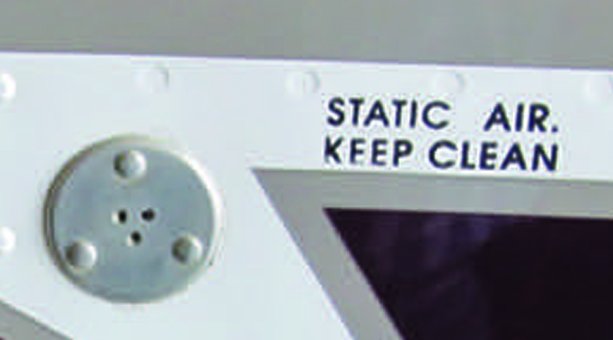
– Loose or poorly adjusted cowl flaps may prevent it from closing completely.
– Misaligned steering or landing gear alignment, a dragging brake or low tire pressure may result in the airplane not tracking straight on the ground. Increased takeoff distance may result.
– Cracked, broken or missing fairings on a wing tip, rudder or elevator can induce drag, especially if trim or aileron/rudder or elevator control pressure is required to get the aircraft to fly straight and level.
– Airspeed indicator out of calibration, static system leaking or influenced by disrupted airflow near static ports.
– Improper or incomplete repairs following major damage to airframe.
– Worn flap tracks or flap retraction/extension mechanism may not allow flaps to fully extend or retract.
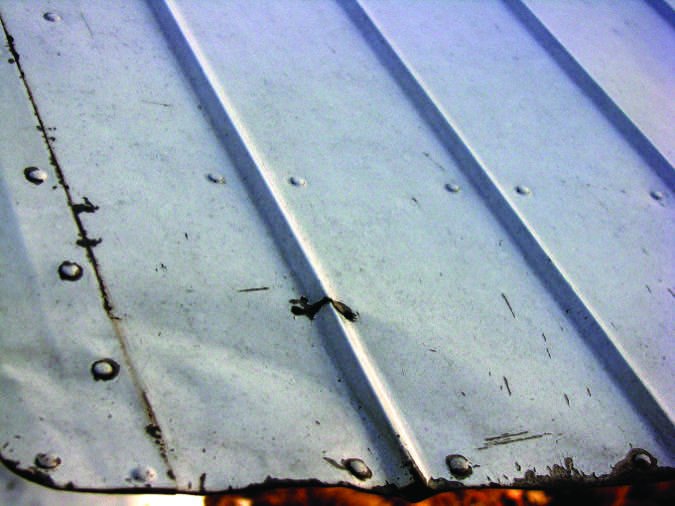
– Low hydraulic fluid level, improper or no lubrication, and out-of-rig gear doors preventing full travel can cause extended landing gear cycle times.
– Also contributing to extended gear cycle time are low system voltage, high resistance in electrical wiring (corrosion) or landing gear motor and/or power pack requiring maintenance.
Conform to the type design
The manufacturer’s recommendations should be the standard used to maintain an aircraft. For any FAA type-certified product to be considered airworthy, the aircraft and its equipment must conform to its type design or supplements. Over the years, I have discovered propellers and spinners, engines and components such as carburetors, magnetos and spark plugs not approved under the type certificate.
As I noted at the beginning of this article, following the manufacturer’s recommendations for inspection and maintenance ensures maximum performance from zero hours to TBO. For example, a verified reduction in climb performance is a good clue that a reduction in engine performance should be investigated. While cruise performance and fuel economy may suffer, there are many variables that can change cruise performance values that are not caused by inefficiency of the aircraft as a whole.
The point is to get you to think about attitudes toward maintenance and their relationship to obtaining published performance. While some maintenance requires a certified technician, there are several preventive maintenance tasks owners can perform that help preserve aircraft performance. Get to know your maintenance technician and work together to keep your aircraft in good condition rather than just to pass inspection. Spend some time on the preflights, and become familiar with recommended maintenance schedules and correct discrepancies in a timely manner to ensure top-notch performance.
Mike Berry is a 17,000-hour airline transport pilot, is type rated in the B727 and B757, and holds an A&P ticket with inspection authorization.

